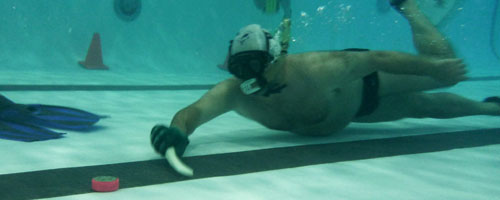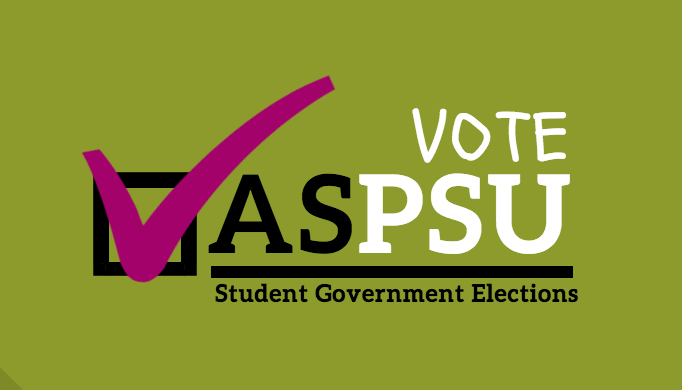Sports are going green. In some cases, an initiative might be as simple as the recycling bins that have become a staple of the Rose Garden experience, part of an integrated effort that helped make the arena one of the most sustainable in the nation.
Stewardship at the stadium
Sports are going green. In some cases, an initiative might be as simple as the recycling bins that have become a staple of the Rose Garden experience, part of an integrated effort that helped make the arena one of the most sustainable in the nation.
Some projects are as ambitious as the solar panels
installed on the CenturyLink Field Event Center in Seattle that help power the adjacent stadium during Seahawks and Sounders games. With sustainability ventures big and small, teams and venues around the country are embracing the movement toward greater environmental stewardship.
The Green Sports Alliance, founded in March 2011, is a catalyst for this expanding interest in sustainable operations. A nonprofit organization based in Portland, the GSA facilitates an exchange of ideas and initiatives between sports franchises, venue operators, sustainability scientists and equipment providers.
The second annual Green Sports Summit is a forum where key leaders of teams, leagues, venues and suppliers will gather to trade best practices and further the drive for sustainability in sports. More than 500 attendees representing 150 sports organizations will meet Sept. 5–7 at the Washington State Convention Center in Seattle to discuss the future operations of sports leagues across North America and internationally.
Among those presenting at the summit will be Major League Baseball Commissioner Bud Selig, who will host a benefit dinner for the Green Sports Alliance at Safeco Field; Jill Savery, head of sustainability for the America’s Cup Event Authority and a consultant to the London 2012 Organizing Committee for the Olympic Games; Dr. Allen Hershkowitz, senior scientist for the Natural Resources Defense Council; and Jennifer Regan, global sustainability director for the Anschutz Entertainment Group.
Joining the discussion for the first time are two British sports leaders: Michael Goodfellow-Smith, the lead environmental and strategy consultant for Manchester United, and Marylebone Cricket Club Sustainability Director Russell Seymour.
From its six founding teams, the GSA grew to 45 in its first five months of existence, mostly due to the inaugural Green Sports Summit it hosted last August in Portland.
“It was definitely a big shot in the arm. The summit definitely spurred membership growth, but more importantly than that it was a litmus test that we passed with flying colors,” GSA Membership Director David Muller said. “It showed how much energy and excitement and capacity for growth there was in this area. It really solidified new relationships with other environmental groups, companies and other people working in this field, and laid the foundations for relationships that have been beneficial to us.”
As it gears up for its second summit, the organization now counts 13 sports leagues and more than 90 teams among its membership. Such collaboration is important: As more of the people who control sports learn the value of making decisions that have positive impacts environmentally, they reap benefits ranging from greater operational efficiency to savings on expenses to a positive public-relations story that only serves to stimulate further action among more teams.
Why should the average sports fan care about such action? If a team is able to save hundreds of thousands—if not millions—of dollars a year in operational costs just by making sounder decisions that reduce its environmental impact, it could be the difference between red and black on the balance sheet.
“We want to continue to bring attention and gather experts and leaders on the subject, and the summit is a fantastic opportunity to do so. We hope to expel any lingering doubts that people have about whether this movement has momentum, and any doubts as to the effectiveness of the work,” Muller said.
“With the State of Sports Greening report that we’re going to release [at the summit], with roughly 20 case studies of success stories on greening initiatives and dollar savings and increased brand value, it’s really going to show that this is a win-win with no losers in the process.”





